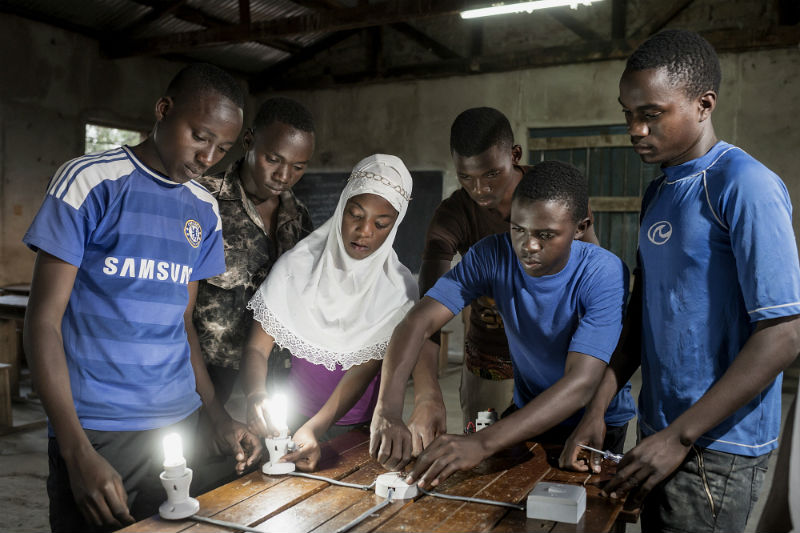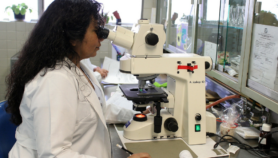By: Sam Otieno
Send to a friend
The details you provide on this page will not be used to send unsolicited email, and will not be sold to a 3rd party. See privacy policy.
[NAIROBI] Investing and putting the youth at the centre of science, technology and innovation (STI) projects could lead to massive leap in industrial development for Africa’s socioeconomic growth.
That was one of the major outputs from the discourses that characterised the 5th Kenya National Science Week in Nairobi this week (16-20 May) that I attended.
The forum hosted six scientific exhibitors, a large number of universities and other educational institutions from around the world.
“Placing the youth at the centre of innovation and industrial development could improve the youth’s access to resources.”
Sam Otieno
Participants unveiled their innovative ideas and sought ways to turn them into potential products for sale.
The meeting was convened by the country’s Ministry of Education, Science and Technology, the National Commission for Science, Technology and Innovation, and other partners.
One of the vital messages that caught my attention most at the event was that the youth — male and female — is key to the connection between STI and industrial development in Africa.
Experts at the annual event emphasised that the youth should not be put aside, but needs to be placed at the core of industrial development in Africa.
Robert Kinanga, a senior lecturer at Maasai Mara University, Kenya, told me that it is necessary for African governments and policymakers to support innovations and create a platform for the youth to participate in such events.
Listening to Kinanga emboldened my belief that the participation of youth innovators in such events is relevant and could serve as the wheels that will turn Africa into a vibrant socioeconomic sphere for the benefit of all its people.
“Let’s have a platform through which the community can benefit especially the youth since most of them have access to current technologies that can be harnessed to promote enterprise development in Africa and [even] beyond,” Kinanga said.
Surely, placing the youth at the centre of innovation and industrial development could improve the youth’s access to resources, which could increase their productivity in the economic sectors they are involved in. This will in turn will help in poverty reduction, job creation, sustainable livelihoods and the improved wellness of citizens.
A mosquito repellent bee wax candle, clean efficient cooking stove and recycling of wastewater for sustainable water management and environmental sustainability are innovative projects by students from Kisumu and Nyeri counties in Kenya that really amazed me.
As the national science meeting closed, I became confident that African governments should ensure that innovations by youth researchers and scientists are given more attention to help develop the continent.
This piece was produced by SciDev.Net’s Sub-Saharan Africa English desk.














